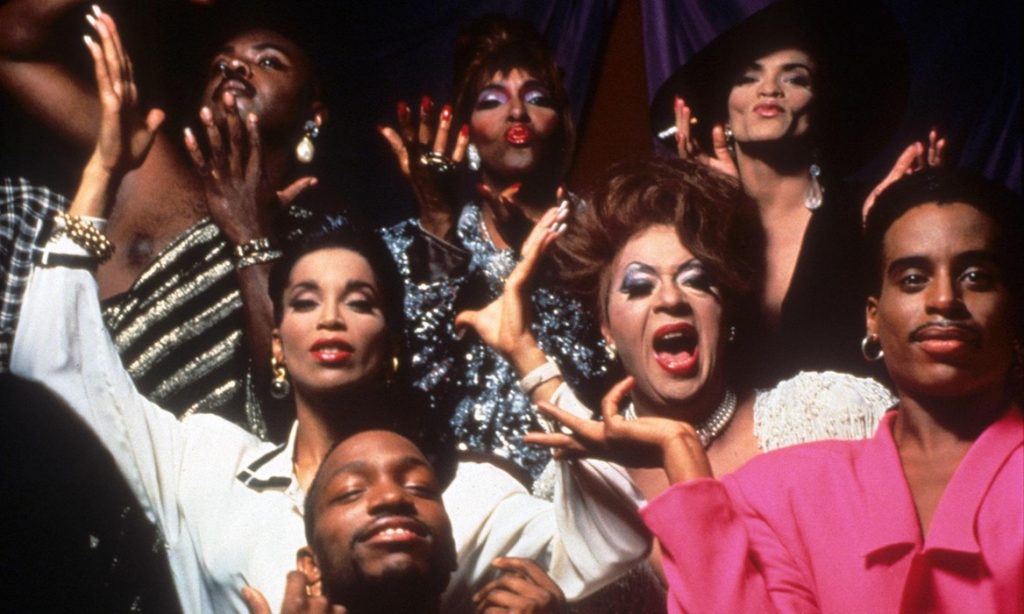On October 9, we conducted an activity using Legos to “build” our research question. My research question was unclear and a work in progress. This was perfect for the exercise as it allowed me to step outside structural constraints and freely experiment with my thought process and intentions for my project.
My research question as of that moment was: How does character-building in video games challenge default identities and disrupt norm chronology, fostering alternative self-concepts?
Our first iteration was to create a model based on our concept. Introducing…. the yellow brick road. Many perceive the yellow brick road (from The Wizard of Oz) as a metaphor for the path of happiness and freedom.

On one hand, we have the yellow brick road which signifies freedom and an embrace of individuality. Conversely, we have the road of adaption and mundaneness (default identity). Rooted in traditionalism and reinforced by capitalist ideals, this path creates a conventional standard of living that revolves around clocking in and out without purpose and adhering to “inoffensive” traditional standards of heteronormativity. Let’s call this model the cobblestone road.

While the presented ideology is not a new phenomenon of choosing between two paths, the yellow brick road is self-exploration, freedom and authenticity, whilst the cobblestone road is the standard route for professional success and societal acceptance. At the end of the cobblestone road is the treasure chest. Complete the cobblestone road and realise the treasure chest is monetary success and a family. The yellow brick road does not have an end or a treasure chest, as the prize is the journey of living authentically.
The final part of the Lego activity was combining the outcomes we had created into one. Ultimately, this led to the yellow cobblestone road. In the Lego universe we’ve made in this exercise, the most realistic outcome would be to combine the idealistic perspective of what the world could be with the actual world. The combination is what many people have been able to succeed in. They create their sect in our current worlds and live authentically through them, ultimately looking for the silver lining.

This Lego activity allowed me to step back and assess all the influences at play, such as hierarchies of power that make these decisions, capitalism, religion, etc. It is clear that there are many influences at play, and I want to refrain from “pin-balling” between ideas.
Moving forward, I aim to solidify my approach and test how well video games serve as a lens for examining these themes. The concept of “default identities” feels especially relevant, and through additional testing and research, I aim to determine if video games can offer a powerful space for players to explore identities beyond societal expectations.
